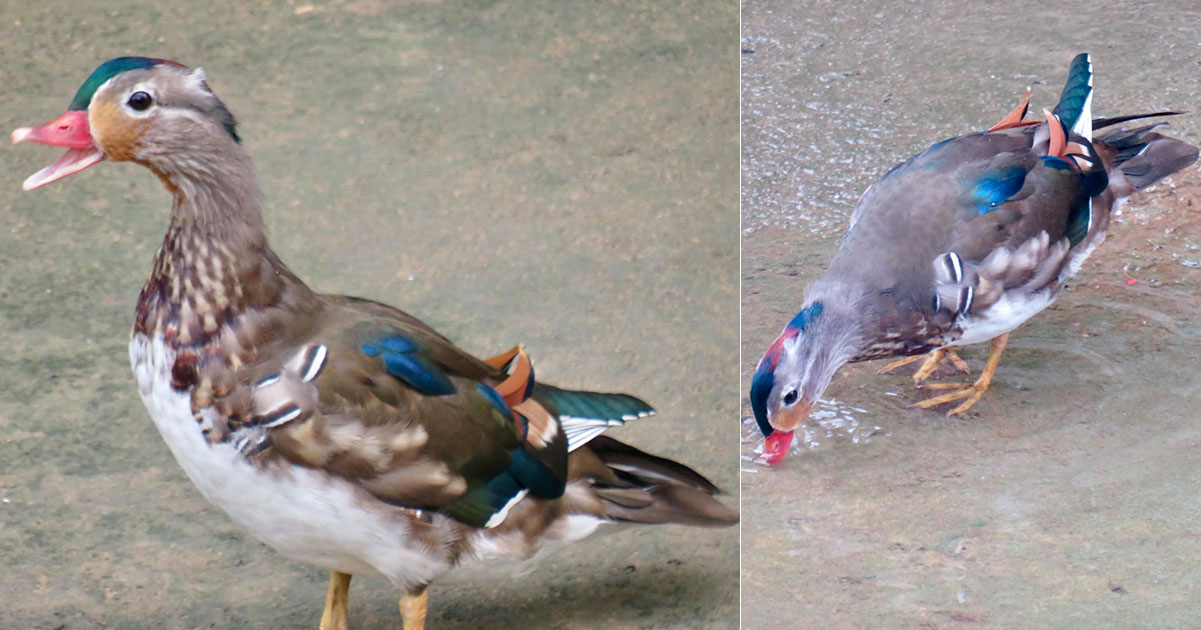Follow us on Telegram for the latest updates: https://t.me/mothershipsg
The colourful and super attractive mandarin duck that showed up in a canal in Hougang in June 2021, before disappearing, only to return without its colourful feathers in October, is sprouting new showy plumage.
Photos of the male duck transforming from dull brown colour to something brighter showed new feathers growing on the bird's head and tail area.
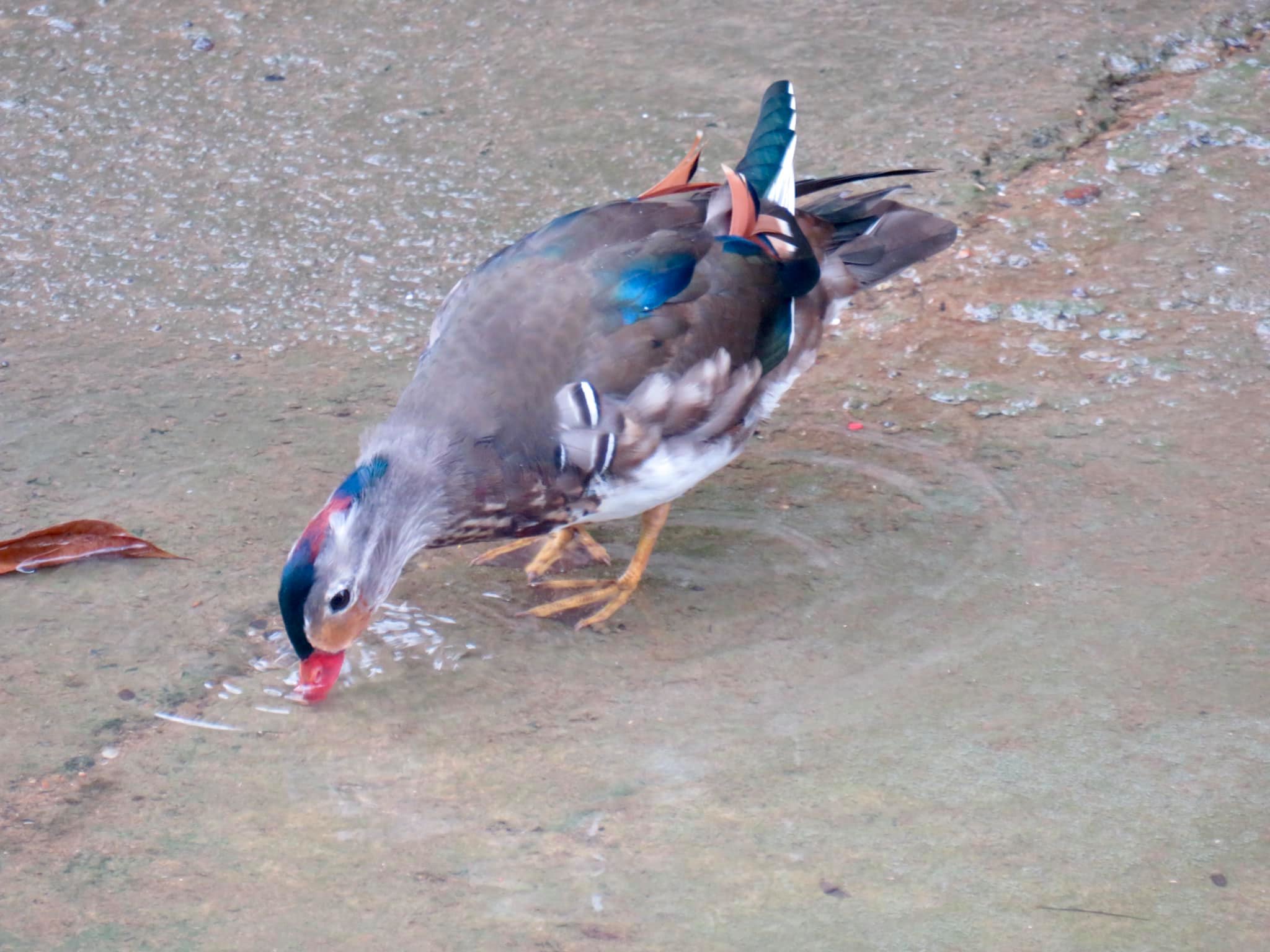 via James Peh's Nature Photography
via James Peh's Nature Photography
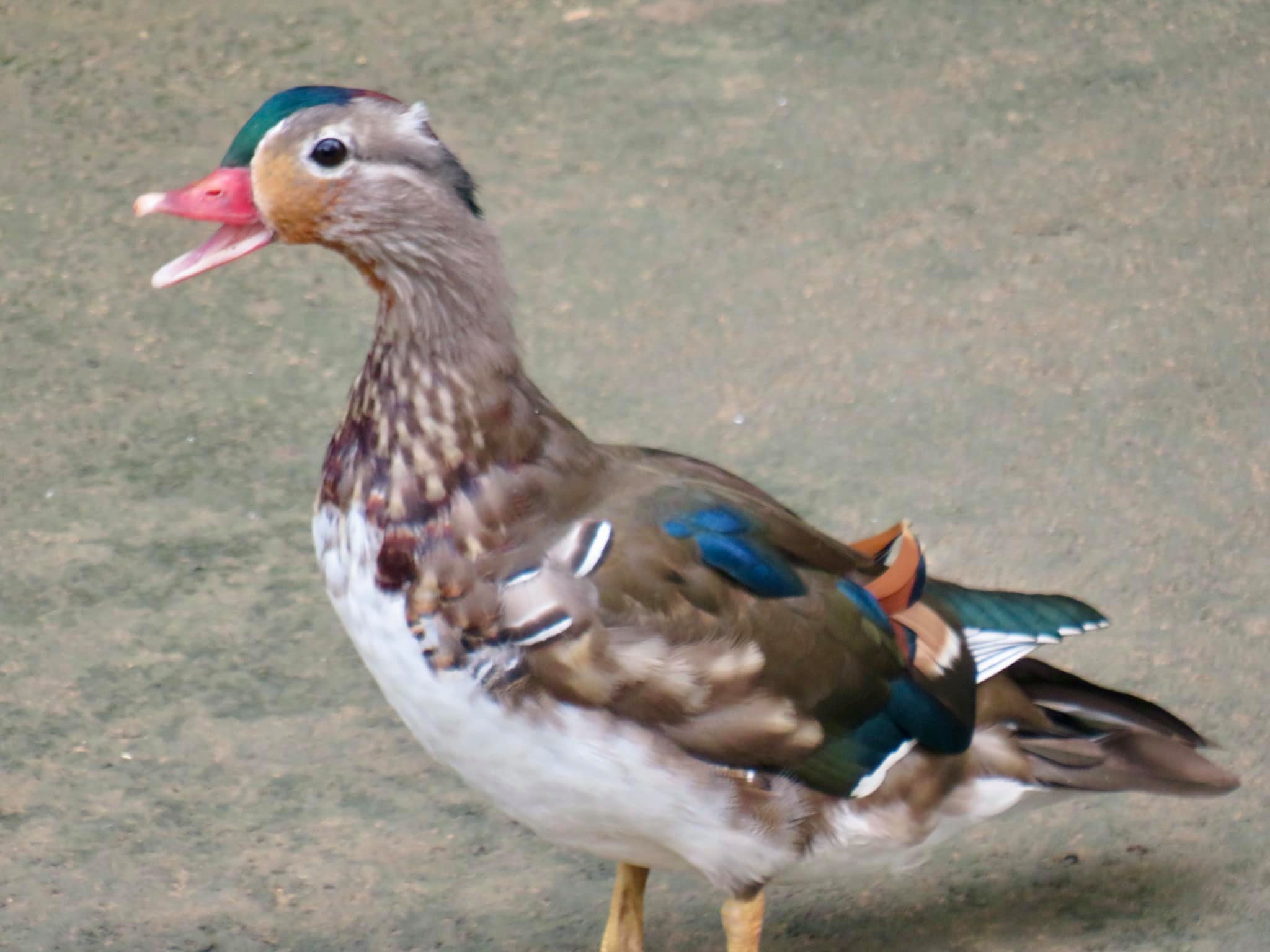 via James Peh's Nature Photography
via James Peh's Nature Photography
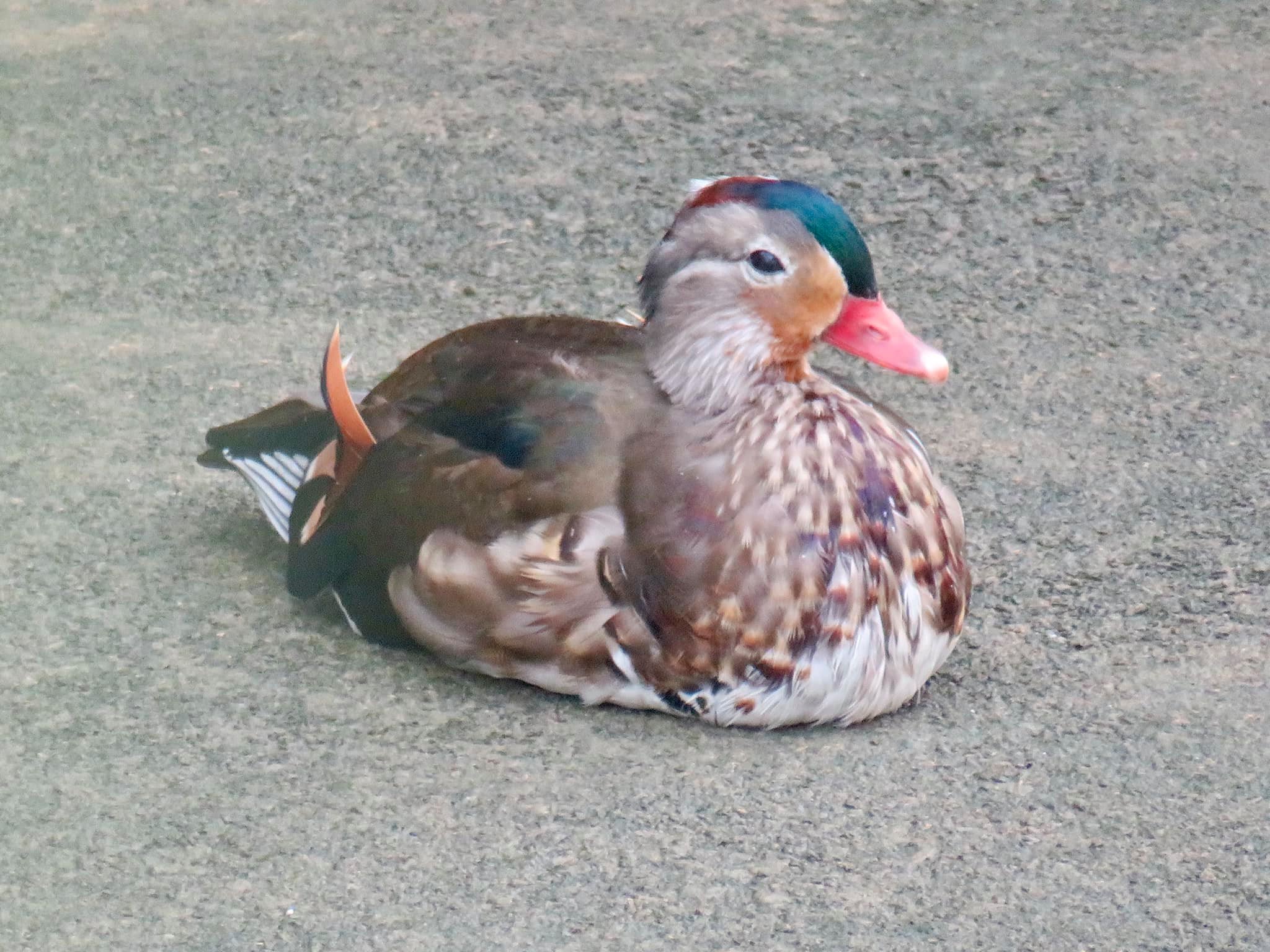 via James Peh's Nature Photography
via James Peh's Nature Photography
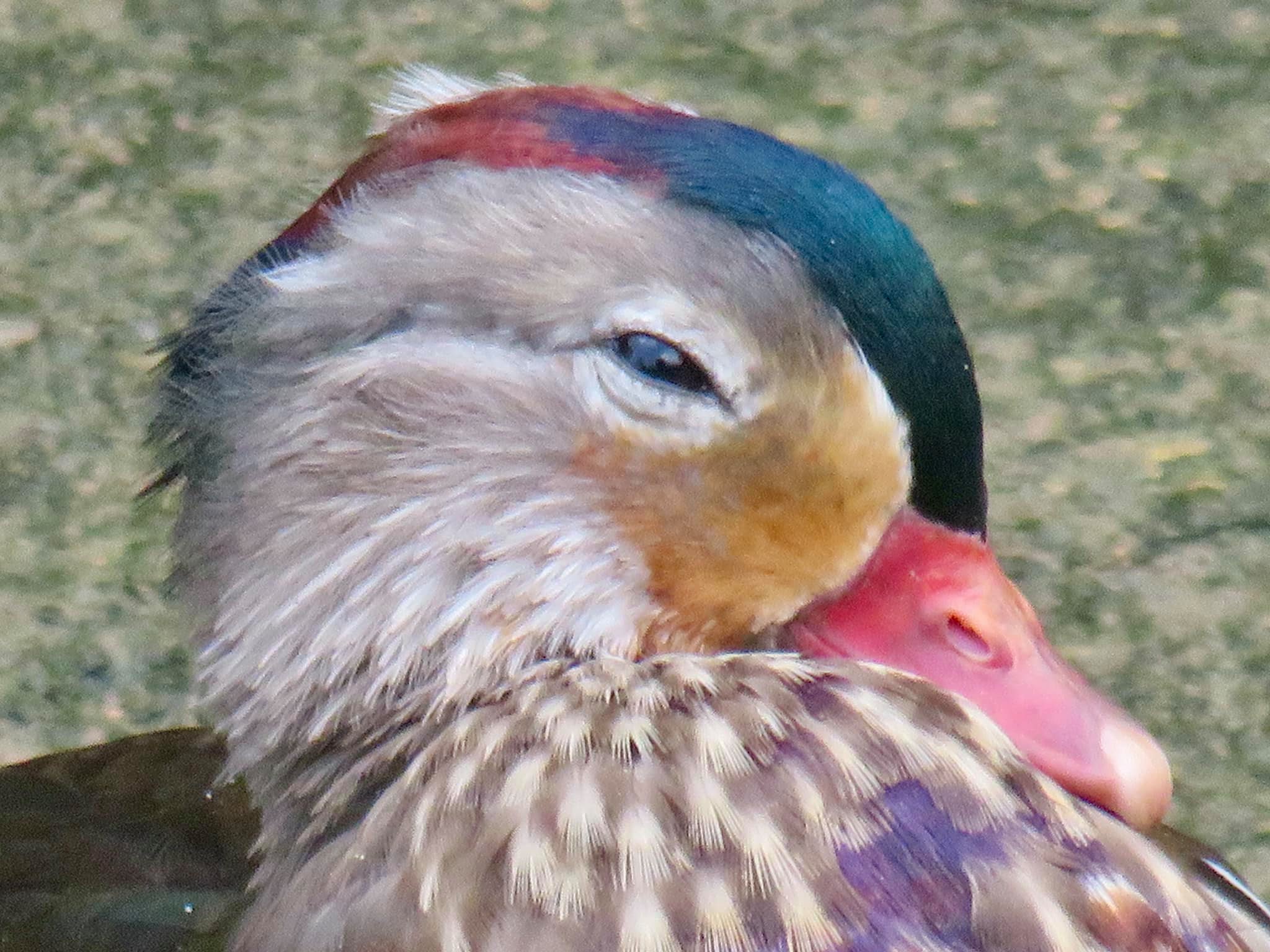 via James Peh's Nature Photography
via James Peh's Nature Photography
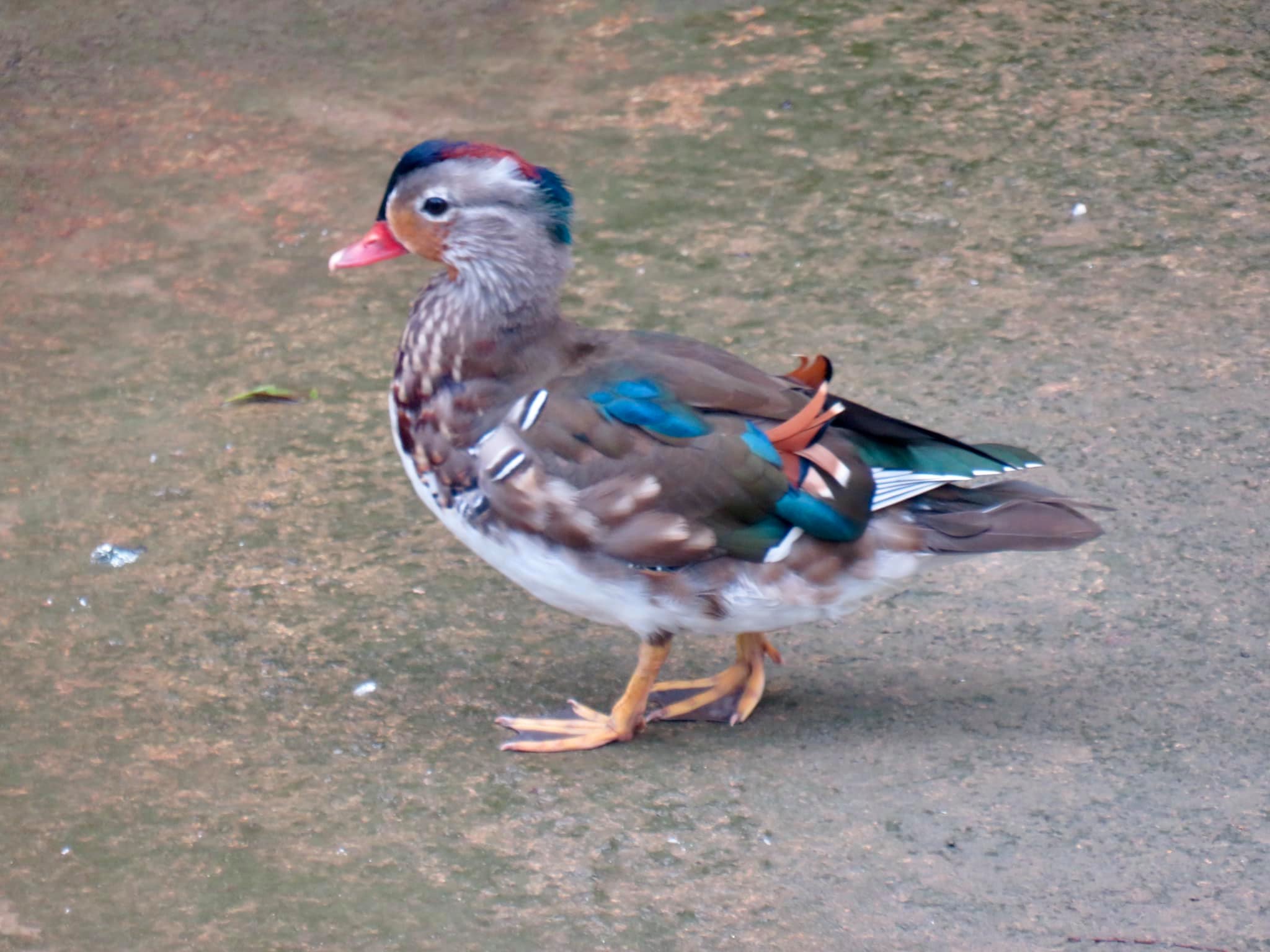 via James Peh's Nature Photography
via James Peh's Nature Photography
Transformation will be documented by photographers
The mandarin duck's presence has attracted dozens of photographers and bird watchers who camped out night and day to catch a glimpse of it.
Its current state of transformation will likely be well-documented.
However, there is still debate as to whether this is the same duck as the previous one seen in the canal.
The major difference between the two is that the previous mandarin duck that spotted full showy plumage had a chain on its left leg, but this mandarin duck that reappeared without the showy plumage did not have any ring at all.
But the odds that there are more than one mandarin duck in an Hougang canal appears very low.
Ducks molt
All birds replace their feathers at least once a year, in a process known as molting.
This usually occurs after breeding season.
Male mandarin ducks molt the showy feathers they use to attract mates and look drabber with their eclipse plumage.
The only difference between waterfowls such as ducks and most birds is that ducks swap out all their flight feathers at the same time, which leaves them grounded for about a month.
To make themselves inconspicuous to predators during that vulnerable period, ducks molt their head and body feathers first for camouflage.
Not sure where duck went before this
The duck was reported to have left the canal for about a day in June, which led to disappointment
But that letdown was temporary.
The duck returned in about a day.
The mandarin duck had apparently flown off from the canal near Block 522 Hougang Avenue 10 after a failed attempt to catch it on June 21.
A bird photographer at that time told Mothership.sg that the owner of the Mandarin duck came to the canal to look for the escapee pet on the same day.
Subsequently, as the buzz died down, the duck and its admirers were left to their own devices.
Not native
Mandarin ducks are sexually dimorphic, which means that males and females look vastly different from each other.
A male mandarin duck has a red beak, and a large white crescent above the eye.
Its breast is purple and there are two orange large feathers sticking up near its back.
The female mandarin duck, on the other hand, has a white eye-ring and stripe running from the back of its eye, and has much paler plumage compared to its male counterpart.
The mandarin duck is not native to Singapore.
This mandarin duck in Hougang is believed to have been a pet.
In August 2008, a female mandarin duck was spotted near Botanic Gardens, as reported by a bird ecology study group.
The study group cited bird specialist R Subaraj, who said at least two pairs of mandarin ducks were released into Botanic Gardens a few years before.
Follow and listen to our podcast here
All photos via James Peh's Nature Photography
If you like what you read, follow us on Facebook, Instagram, Twitter and Telegram to get the latest updates.
